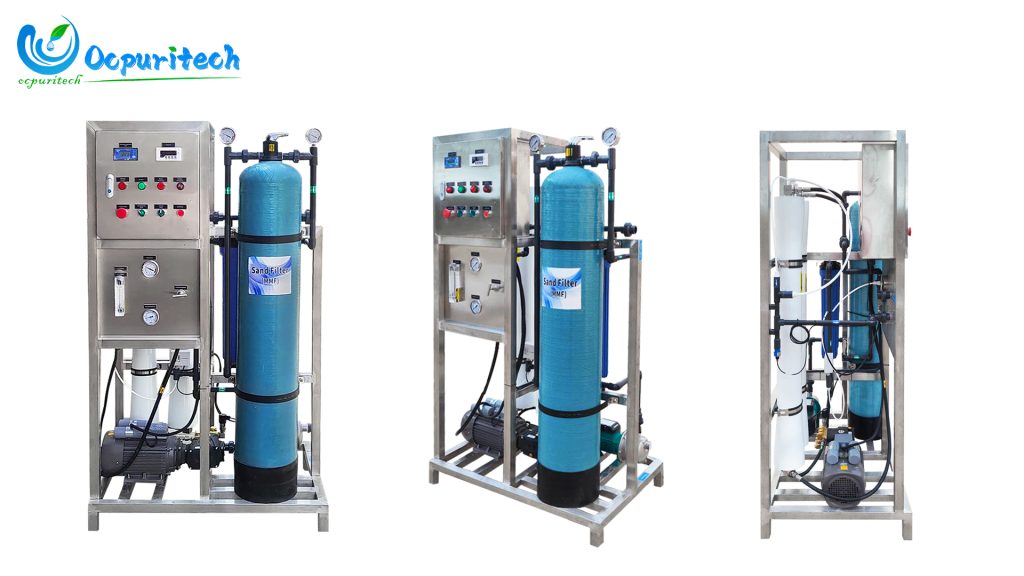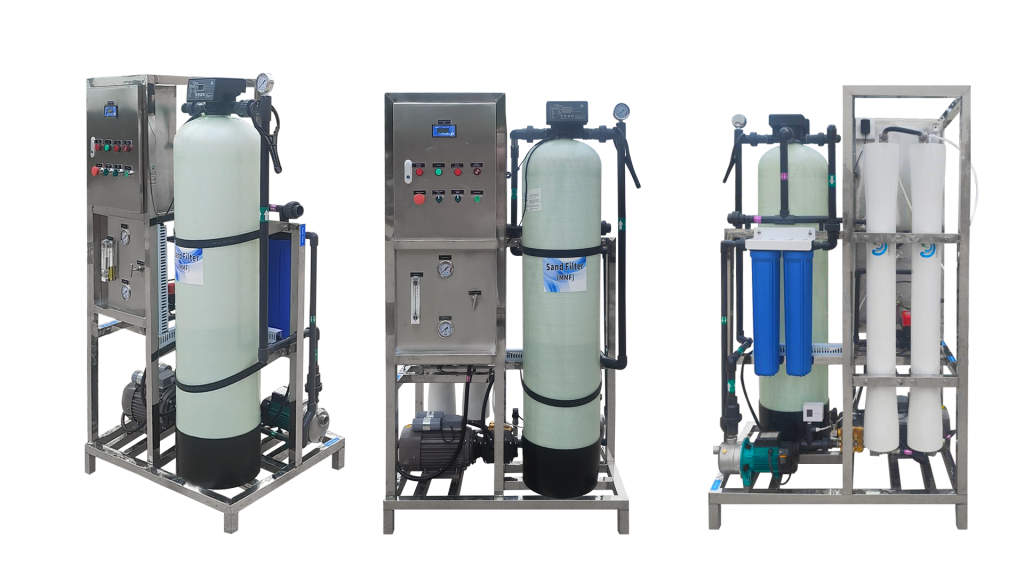Seawater desalination technology is considered a promising solution to address the scarcity of freshwater resources, but it faces significant challenges in practical application, primarily for two reasons:
High Energy Demand
The key technology in the seawater desalination process is reverse osmosis (RO), which requires a substantial amount of energy to operate high-pressure pumps that force seawater through a semipermeable membrane. This results in a large energy requirement for seawater desalination plants, typically necessitating considerable electricity or other forms of energy. Consequently, the high energy consumption leads to elevated operational costs, making desalinated water relatively expensive compared to traditional freshwater sources.
High Technological Costs
Seawater desalination technology is highly complex and demands advanced equipment and processes. Beyond the substantial energy needs, seawater desalination plants require significant financial investments for purchasing and maintaining reverse osmosis membranes, high-pressure pumps, and other essential equipment. Regular maintenance and technological updates further add to these costs, posing a considerable burden for many regions and countries, especially those with limited economic resources.

Solutions to Reduce the Cost of Seawater Desalination
To make seawater desalination more widespread, reducing costs is a critical task. Here are some possible solutions:
Improve Energy Efficiency
By introducing new, efficient equipment and technologies, the energy consumption of the seawater desalination process can be significantly reduced. For example, advancements in reverse osmosis technology can lower energy requirements, thereby decreasing operating costs.

Utilize Renewable Energy
Incorporating renewable energy sources such as solar and wind power into the seawater desalination process can reduce reliance on traditional energy sources and cut costs. Additionally, tapping into abundant marine energy resources like wave and tidal energy in offshore areas can provide a clean energy source for desalination.
Government Policy Support
Government incentives and policy support, such as tax exemptions and subsidies, can encourage companies and institutions to invest in seawater desalination technology, promoting further technological development.
Alternatives to Meet Fresh Water Needs
Apart from seawater desalination, there are alternative methods to meet freshwater demands:
Rainwater Harvesting
Implementing rainwater harvesting systems in urban and rural areas can effectively utilize natural rainfall to supply fresh water for households and agriculture.
Groundwater Management
Through advanced sewage treatment and regeneration technologies, domestic and industrial wastewater can be treated and repurposed for agricultural irrigation, industrial production, and other uses, thereby reducing the strain on natural water sources.
Summary
While seawater desalination is a potential solution to freshwater scarcity, it still faces high costs and energy consumption challenges. However, through technological innovation, the adoption of renewable energy, and supportive government policies, the costs associated with seawater desalination could be reduced. Additionally, alternative methods like rainwater harvesting, groundwater management, and water reuse should be widely adopted to meet the growing demand for fresh water.

